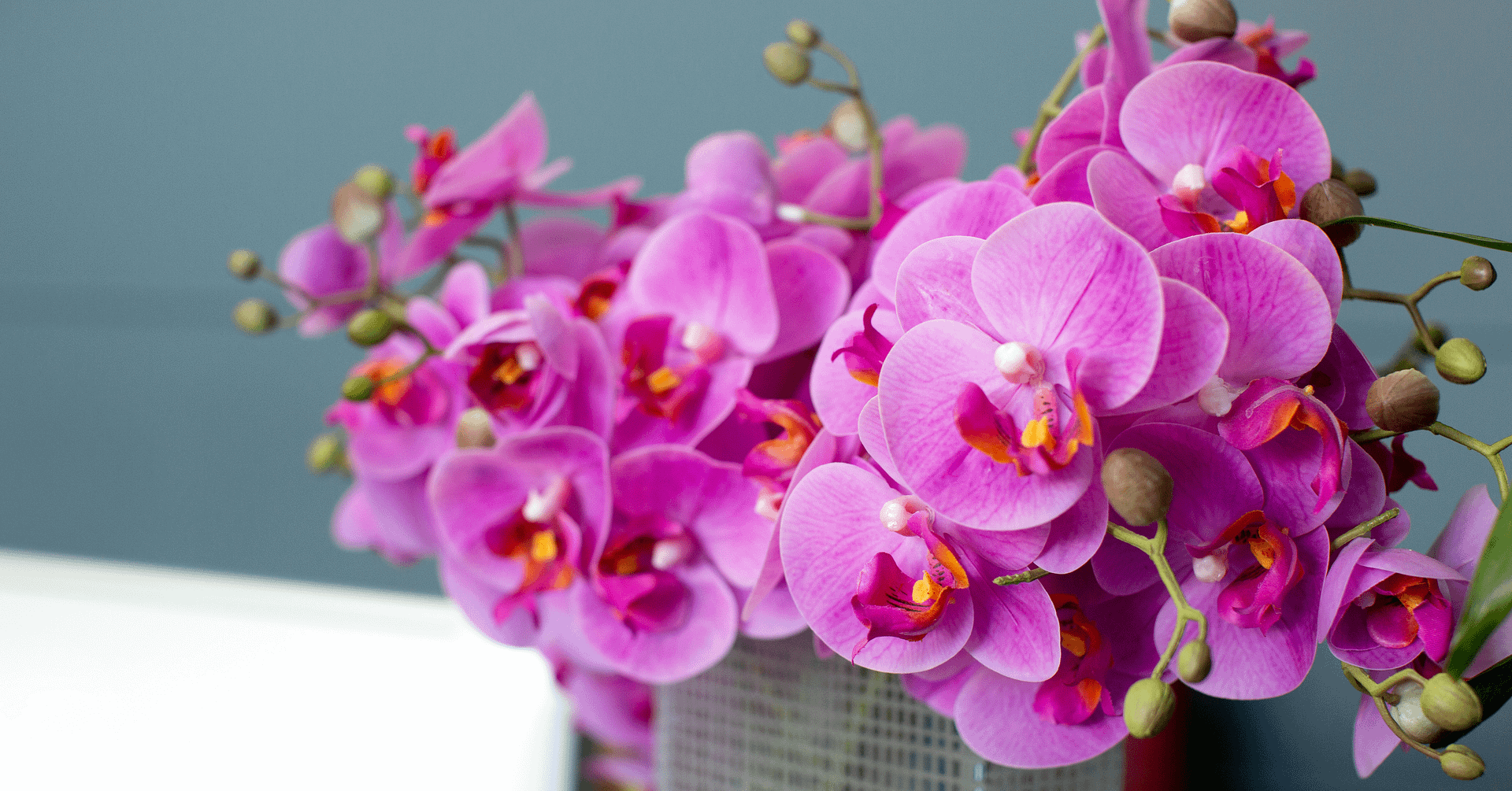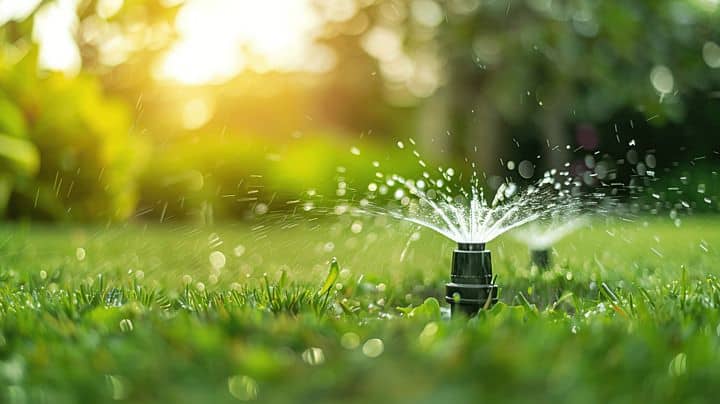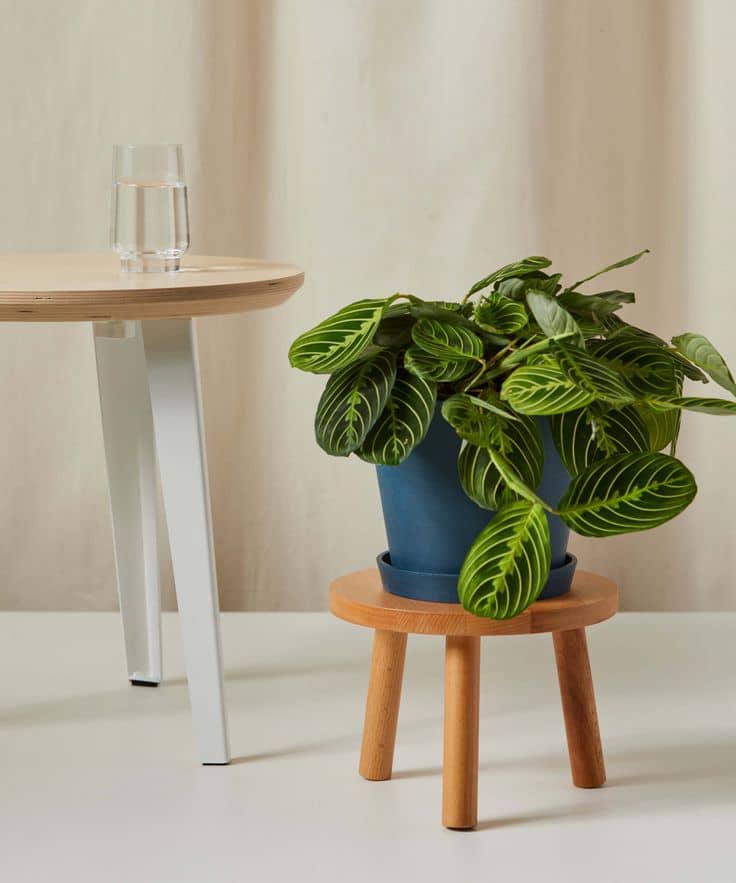The olive tree is a native plant of the Mediterranean region, known for its remarkable resilience and ability to grow in warm, sunny climates. It belongs to the Oleaceae family, and its scientific name is Olea europaea. Olive trees are evergreen, with leaves that are green, silver, and sage in color, and they have a distinct shape due to their twisted trunks. Olive trees produce fruit, although non-fruiting varieties are also available, and the fruit from olive trees is used to make aromatic oil, which is famous worldwide. Additionally, they are known for their air purification and stress-reducing properties. Olive trees thrive best in natural environments, with some species living for several centuries and growing up to 50 feet tall. With proper care and maintenance, these plants can be cultivated indoors, where they can live for up to 9 to 10 years and grow up to six feet tall.
Indoor Olive Tree Care
Olive trees naturally thrive in outdoor environments, but with proper care and nutrient supply, they can also be successfully grown indoors. These trees are well-suited to the Mediterranean region’s sunny and well-aerated conditions, so providing bright sunlight is essential for indoor growth. Place your olive tree in a sunlit location to promote optimal growth. Olive trees prefer moist but well-drained soil, so water the plant only when the soil has dried out, avoiding over watering to prevent root rot. Maintaining proper humidity and temperature is crucial, as these trees thrive in high humidity and warm conditions. Regular pruning is recommended to manage the growth and shape of indoor olive trees, especially given their potential size. Many varieties of olive trees can bear fruit and be grown indoors, with compact or dwarf varieties like Olea europaea ‘Montra’, known as the Dwarf Olive Tree, being ideal choices for household cultivation.
Sunlight & Location
Like other fruit-bearing trees, olive trees thrive and produce fruit in full sunlight. For growing an olive tree at home, it requires at least six hours of direct sunlight daily, and the rest of the time, it can maintain good growth in indirect sunlight. You can place your olive tree near a south-facing window or on a balcony where it will receive ample sunlight. Ensure the plant receives uniform light exposure by rotating the pot 90 degrees each week.
If your home doesn’t have sufficient natural light, you can set up grow lights and provide at least six to eight hours of light under the grow lights each day. Additionally, if you have space outside, you can place the plants outdoors for a few hours in the summer to get sunlight and then bring them back indoors. By regularly providing sunlight in this way, you can grow olive trees at home and even get fruit.
Soil & Fertilizer
Olive trees prefer dry soil, so they need well-draining soil rich in organic matter. Commercially prepared well-draining potting mix or succulent soil is ideal for olive trees, and the soil pH should be between 6 and 8.5, indicating mildly acidic to alkaline soil. Additionally, for good drainage, you can mix perlite, peat moss, vermiculite, and coco coir into the soil. Periodically changing the soil to provide fresh nutrients will help the plant absorb nutrients and encourage good growth.
When growing in containers, olive trees require fertilizer, but they grow well with minimal application. Fertilization can be done from the beginning of spring until the end of summer, using a balanced slow-release houseplant fertilizer. Follow the instructions on the label for application. Always water the soil before applying fertilizer, as dry soil doesn’t mix well with fertilizer and may not reach the plant’s roots. Avoid fertilizing during winter when the plants are dormant. Excessive fertilization can scorch the leaves and roots, hindering the plant’s normal growth, so apply fertilizer once a month only during the growing season.
Watering
You should never let the soil of container-grown olive trees completely dry out, but also be cautious about giving them too much water. For newly planted olive trees, water them twice a week initially, gradually reducing the frequency as they establish. Before watering, always check the soil by inserting your finger one inch deep; if the soil is completely dry, water slowly and deeply until it is moist but not waterlogged. During the winter dormancy period, olive trees require less water. When you notice the soil surface has dried out, water accordingly. Avoid overwatering, as it can lead to root rot and create conditions for fungal infections, damaging the plants’ roots.
Temperature & Humidity
For indoor olive tree growth, the ideal temperature range is between 65 and 80°F. Although olive trees can tolerate temperatures as low as 50°F, it is not recommended to keep them at this lower temperature for extended periods. Consistently maintaining the optimal temperature range helps ensure healthy growth and vitality, allowing your indoor olive tree to thrive and remain vigorous throughout the year.
Olive trees thrive in dry environments and grow well in humidity levels of 40% to 50%. If the humidity in your home is lower, you can increase it by misting the plants with water or placing a tray with water and stones near the plants. This setup will allow water to evaporate and increase the humidity around the plants. To monitor and maintain the appropriate humidity and temperature levels, you can use a humidifier or a hygrometer.
Pruning Olive Tree
Pruning indoor olive trees is crucial as it helps maintain the plant’s shape, promotes healthy growth, and improves airflow. Start by removing dead, diseased, or damaged branches. Trim back overly long or thin branches to maintain the desired shape and size. Regularly thin out the canopy to allow light to reach the inner branches. Avoid cutting the main branches excessively, as it can affect fruit production. Always use sharp pruning shears and cut at a 45° angle, about ¼ inch above a node; new growth will emerge from this node within a few weeks. For best results, prune just before the start of the growing season, in early spring or late winter.
Propagating Olive Trees
The easy method for propagating olive trees is through stem cuttings. This method allows you to quickly grow a new plant. The best time for propagating olive trees from cuttings is from late summer to early autumn. During this period, the branches are mature enough to easily root. Here’s how to propagate olive trees using stem cuttings:
1. Choose healthy, semi-hardwood stems from the olive tree that are 4 to 6 inches long with at least 2-3 nodes.
2. Use sharp, sterilized scissors to cut the stems. Remove the lower leaves, leaving just a few at the top. Dip the cut end in rooting hormone to promote root development.
3. Fill a pot with a well-draining mix, such as a combination of potting soil and perlite. Insert the cuttings into the soil about 1-2 inches deep.
4. Water the soil lightly and cover the pot with a plastic bag or clear plastic dome to maintain humidity. Ensure the cover does not touch the cuttings.
5. Place the pot in an area with bright, indirect light. Maintain a temperature between 65°F and 75°F (18°C to 24°C).
6. Keep the soil moist but not soggy. Once roots develop and new growth appears, remove the cover and gradually acclimate the new plant to normal indoor conditions.
Potting And Repotting Olive Trees
Select a pot for growing olive trees at home that is 15 to 20 inches deep and has drainage holes to ensure optimal growth (mostly standard, typically ranging for 15 to 20 inches in height). Avoid ceramic, terracotta, or wooden pots as they can retain heat. Olive trees prefer well-draining soil, so mix succulent potting soil with additives such as vermiculite, perlite, coco coir, and peat moss. Once the plant is potted, firmly press the soil around it and water thoroughly until the soil is completely moist. After potting, place the olive tree in a bright, sunny location for optimal growth.
Olive trees grow slowly over time, typically requiring repotting every two to three years. When you notice excessive growth and roots emerging from the drainage holes of the pot, it’s time to repot. Choose a larger pot according to the current size of the plant, ensuring good drainage. Use a mix of dry succulent soil and advanced potting mix in the chosen pot. Carefully lift the plant with its roots from the old pot and gently place it in the new pot. Pack soil and potting mix around the plant, then water thoroughly and place it in a bright, sunny location. Be cautious about repotting during spring and avoid repotting during winter.
Repotting olive trees provides them with fresh soil and nutrient-rich mixes that encourage growth. It stimulates active air movement around the roots and allows for the removal of damaged roots. In new pots, plants have ample space to grow, allowing roots to spread out evenly.
Common Problems With Indoor Olive Trees
By supplying necessary nutrients and providing regular care, olive trees can thrive indoors. Like other plants, olive trees may encounter various issues that can be addressed through proper steps. Common problems include yellowing and browning of leaves, reduced fruit production, pest infestations such as aphids, fungal diseases, and root rot. These issues often arise from overwatering, inadequate sunlight, excessive fertilizer application, and insufficient monitoring of plant health. Recognizing these problems early and taking appropriate measures can effectively alleviate them. Below is a detailed discussion on olive trees issues and solutions:
Pests Problem
When olive trees are grown indoors, they are susceptible to pest attacks such as aphids, mealybugs, whiteflies, and fungus gnats. Aphids, mealybugs, and whiteflies feed on the sap of leaves and stems, causing them to wilt and hinder the plant’s growth. Initially, these pests can be identified and managed by spraying with a soap-water solution. Applying neem oil or using rubbing alcohol on a dry cotton towel to wipe the leaves can also dislodge the pests. Overwatering can lead to root damage and fungal gnat infestations in the plant’s roots. If olive trees are affected by fungus gnats, it’s important to promptly lift the plant from its pot, remove affected roots, and replant it in fresh soil.
Yellow & Brown Leaves
Yellowing and browning of leaves are common issues for indoor-growing olive trees, often caused by excessive fertilizer application, overwatering, and direct sunlight. While seasonal fertilization is necessary for olive trees, too much fertilizer can lead to leaf discoloration and root damage. Overwatering can result in waterlogged roots, causing leaves to yellow and eventually drop. It’s crucial to check the soil moisture before watering, ensuring it is completely dry before supplying water. If there is a nitrogen deficiency in the soil, olive tree leaves may also turn yellow or brown. This issue can be addressed by applying controlled fertilization during the growing season. Although olive trees thrive in direct sunlight, indoor-grown olives may experience leaf burn from intense summer sunlight. Providing a small amount of shade indoors during hot sunny days can help maintain leaf health.
FAQ
Will an indoor Olive Tree flower and set fruit?
In an indoor environment, olive trees typically do not flower or bear fruit because they do not receive sufficient light, temperature, and humidity. Olive trees require prolonged exposure to direct sunlight to flower and produce fruit, which is difficult to achieve indoors. Additionally, maintaining consistent temperature and humidity levels indoors is challenging, which affects the formation of flowers and fruit.
What kind of pot is suitable for an indoor Olive Tree?
For indoor olive trees, a well-draining pot is essential to prevent excess water from sitting and protect the roots. Start with a pot that is 12 to 14 inches in diameter for young olive trees. As the tree grows, gradually move it to a larger pot, ideally 16 to 20 inches in diameter for mature trees. The pot should be deep enough to allow proper root growth, ensuring the tree’s healthy development and stability. Materials such as terracotta, ceramic, or plastic are suitable; terracotta is breathable, while plastic helps retain moisture.
What is the best soil for indoor Olive Trees?
The best soil for indoor olive trees is a well-draining mix. Use a combination of regular potting soil and materials like perlite or coarse sand to improve drainage. A mix specifically formulated for cacti and succulents can also be effective, as it provides the aeration and drainage that olive trees need to thrive. Avoid heavy, moisture-retentive soils that can lead to root rot.





















